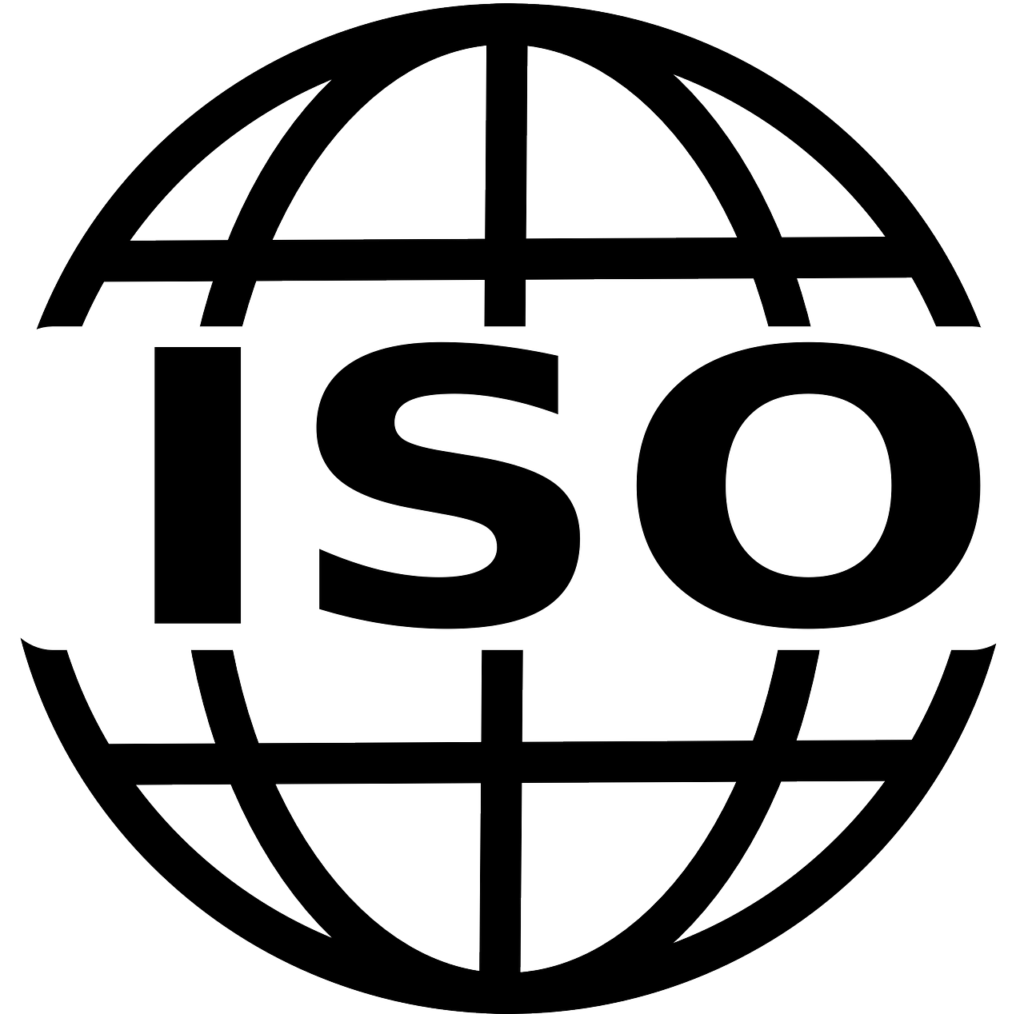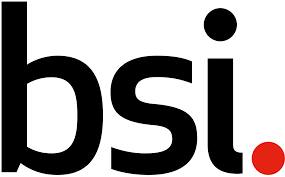ISO 14000 / 14001 standards support and promote the incorporation of sustainable practices in business. In this article, you will learn how ISO 14000 can help businesses to adapt to our environmental crisis and how to get certified.
“Seas are rising and oceans are acidifying.
Glaciers are melting and corals are bleaching.
Droughts are spreading and wildfires are burning.
Deserts are expanding and access to water is dwindling.
Heatwaves are scorching and natural disasters are multiplying.
Storms everywhere are more intense. More frequent. More deadly.”
Antonio Guterres, Climate Action Summit 2019
1.7 planets are needed to meet the current economic demand for Earth’s natural resources. That is, present-day human consumption surpasses our planet’s ability to regenerate reserves. This is pushing Earth outside its capacity, the impacts are becoming increasingly apparent.
Never before has it been as pressing to change the way our economy functions, adopting a more holistic approach that accounts for the needs of our environment. Think of it as modern-day economic adaptation. This economic adaptation comes in the form of business sustainability, and ISO 14000 standards support and promote the incorporation of sustainable practices in business.
Developed in 1992 (and updated in 2015), ISO 14000 is a set of globally-recognized standards that, when adhered to, significantly reduce the environmental impact of business operations. ISO 14000 standards should be followed by any business, regardless of industry.
In this article, you will learn how ISO 14000 can help businesses to adapt to our environmental crisis. We will cover;
- What does ISO 14000 stand for and what do ISO 14000 standards mean?
- What an Environmental Management System (EMS) is
- What makes the ISO 14000 series so important
- How to get ISO 14000 / ISO14001 certification
What does ISO stand for?
The International Organization for Standardization (ISO) is a global standards-setting body. They develop and establish a set of thorough standards and requirements for businesses to adhere their processes to.
Since forming in 1947, The International Organization for Standardization has established the world’s largest set of recognized business principles, with a membership of over 165 esteemed national standards bodies. To boot, over one million companies and organizations in over 170 countries have some form of ISO certification.

Essentially, ISO standards provide a formula for the best way of executing a specified business process, a formula that takes the distilled wisdom from experts in the given subject matter.
ISO 14000 series
The number 14000 is an identifier that refers to the broad family of Environmental Management System (EMS) standards. These standards are designed to help organizations:
- Minimize the environmental damage of their operations.
- Comply with laws, regulations, and other environmentally-orientated requirements.
- Adopt processes to continually improve on the above.
These 3 principles noted work in tandem, collectively encompassed into an organization’s Environmental Management System (EMS). The meaning of an EMS is discussed later. In summary, the ISO 14000 series gives guidance for organizations to design, implement, and optimize an Environmental Management System.
The ISO 14000 series can be used by any type of organization regardless of activity or operating sector. Company management and external stakeholders are provided with an assurance that the environmental impacts of business are continually measured, managed, and improved.
The number following 140 refers to specified standards within the 14000 series of standards. That is, typically multiples of 1000 refer to the family, and anything in between refers to a specific standard (e.g. 14001, 14004, 14015, etc).
The development of ISO 14000 through the years

The first set of environmental standards were documented by the British Standards Institution (BSI) in 1992.
The ISO 14000 series soon followed in 1996. Since these standards have continuously been revised and improved following new research in the appropriate fields. Official revisions were released in 2004 and 2015.
What does the 14000 family of standards cover?
Listed below is the complete ISO 14000:2015 series. Each norm within this series has a specific EMS focus. Collected use of all the below norms is advised for a highly efficient and effective EMS.
-
- ISO 14001:2015 – EMS – Requirements with guidance for use
- ISO 14004:2015 EMS general guidelines on Systems, Principles and Supporting Techniques
- ISO 14010:2015 EA general principles of Environmental Auditing (EA)
- ISO 14011:2015 EA auditing of EMS
- ISO 14012: EA Qualification Criteria for Environmental Auditors
- ISO 14013: Management of Environmental Audit Programs
- ISO 14014: Initial Reviews
- ISO 14015: Environmental Site Assessments
- ISO 14020: ELS – Self Declaration – Environmental Claims – Terms and Definitions
- ISO 14021: EL – Symbols
- ISO 14023: EL – Testing and Verification Methodologies
- ISO 14024: EL – Practitioner Programs – Guiding Principles, practices and certification procedures
- of multiple criteria (types 1)
- ISO 14031: Environmental Performance Evaluation
- ISO 14040: LCA – General Principles and Practices
- ISO 14041: LCA – Goal and Definition/Scope and Inventory Assessment
- ISO 14042: LCA – Impact Assessment
- ISO 14050: Terms and Definitions
- ISO 14060: Guide for the Inclusion of Environmental Aspects in Products Standards
What is an Environmental Management System?
An EMS is a quality management system designed to meet corporate economic needs whilst taking a more holistic approach to business by accommodating environmental health.
According to ISO, there are 6 core elements to an EMS, which are as follows:
- Environmental policy: Statement of corporate targets.
- Planning: Identifying compliance requirements, documenting steps/targets, and creating strategic plans.
- Implementation: Building new business processes to adapt to changes. During this stage, designing, documenting, and communicating the new strategy is vital.
- Study and correct: Observe how the EMS functions, making sure the KPIs are hit. Any problems – such as KPIs not being hit – should be addressed and actively solved. Conducting internal audits is recommended for this step.
- Management and review: Provide a distinguished review for the EMS, which should be conducted by management.
- Continuous improvement: Utilizing the principles of continuous improvement, all aspects of the EMS need to be optimized.

The basic principles of ISO
Standards outlined in ISO 14000 are designed with the principles of an EMS in mind. ISO then builds on these principles for their practical implementation by:
- Not restricting the standards by country or region.
- Upholding intent of stakeholders.
- Being cost-efficient, robust and adaptable to meet differing needs, requirements, and circumstances on a global scale.
- Being scalable for both internal and external verification.
- Utilizing scientific evidence and principles.
- Being actionable, practical, and useful.
What makes the ISO 14000 series so important
Our businesses are operating in an environmental crisis. We are causing a sixth mass extinction event, witnessing unnatural alterations to our climate, and plundering the Earth’s resources faster than their recuperation.
The World Economic Forum’s Global Risk report translates environmental suffering into a business context by acknowledging the economic wealth of our environment. The global average value of our ecosystems and the services that they provide was estimated to be ~$145 trillion in 1997. This figure has dropped to 20 trillion in 14 years due to human economic activity.
As such, the World Economic Forum’s 2020 Global Risk report defined the top 3 threats to our current economic system – and therefore society as we know it – to be:
- Extreme weather.
- Climate action failure.
- Biodiversity loss.

The degradation of our home planet’s environmental health is only accelerating. As such, it has never before been as important as it is today to address the impacts of human-centered economic activity.
The ISO 14000 series, as standards, provide corporations with a proactive means of working with the environment, rather than against it, realizing the corporate benefits and incentives that come from doing so.
Corporate specific benefits of ISO 14000
In addition to sustaining our natural world, following an EMS via the implementation ISO 14000 guidelines gives actionable solutions with clear incentives. These incentives include:
- Risk reductions: The increasing rate of fossil fuel depletion, energy costs, and uncertainty from non-renewable resources is rising. The ISO 14000 framework supports renewable energy use, reducing corporate risk to a looming “energy crisis”.
- Increased awareness of government laws and regulations: Adhering to the ISO 14000 standards promotes environmental awareness and assistance in conforming to environmental regulations and legal requirements. Certification and documentation will aid a company to acquire capital and defend itself during environmental litigation, and when receiving insurance or permits.
- Tax incentives: Conforming to ISO 14000 reduces fees in emission trading, raises tax credits for pollution prevention investment, and provides technical assistance – which includes financial support.
- Enhanced employee motivation: Adopting a more sustainable approach to business has been shown to enhance employee engagement via addressing sustainability and corporate social responsibility.
- Improved brand image: In the U.S., the sustainability market is projected to reach $150 billion in sales by 2021, with 88% of consumers wanting to make a difference. Becoming more sustainable with ISO 14000 improves brand image for this consumer majority. ISO 14000, therefore, helps businesses follow sustainability market trends.
- Takes advantage of green technologies: ISO 14000 incorporates the concept of continuous improvement. As such, new, greener solutions are seized along with the benefits they bring, meaning a company remains ahead of exponential technological developments.
- Gaining a competitive advantage: Becoming more sustainable is also about becoming more efficient. In the great commercial struggle, efficiency increases could be a deciding factor for which business survives. For this reason – and others, e.g. improved brand image – embedding sustainability into a business by following ISO 14000 could be considered as the next big competitive advantage for businesses.
How to get ISO 14000 certification
300,000 organizations and businesses in 171 countries around the globe are certified for the ISO 14000 standards. ISO certification is provided by third-party organizations, rather than the ISO itself. The steps taken for ISO 14000 implementation and certification are as follows:
Step #1: Obtain upper management support
Support from upper management is critical. Communication of the benefits ISO 14000 brings is a good way to obtain this support, making sure your implementation succeeds.
Step #2: Plan properly
ISO 14000 certification begins with a good plan. Business processes need to be documented for them to be assessed against the standards defined. All significant data and documents need to be checked and reviewed.
Step #3: Review the ISO 14000:2015 standards
Get familiar with what the ISO 14000 standards require. Identify legal requirements, and define the scope and procedures of your EMS. The latter will prevent the inclusion of business areas that do not have an environmental impact. The key tools used to define EMS scope are your environmental policy and aspect documents – these detail the interaction you have with the environment.
Step #4: Disseminate and train
Provide training so that employees can understand the ISO standards and deal with non-conformances. It is important that all employees know the EMS goals and the processes involved.
Step #5: Perform internal audits
The best way to evaluate conformance to ISO 14000 standards is by performing internal audits and self-assessments. Using a digital ISO 14000 checklist can assist with documentation and tracking the improvement of your processes.
During this stage, the identification of target processes and procedures is necessary.
Step #6: Get certified
Choose a notable third-party certification body that can assess your business processes in terms of their adherence to ISO 14000:2015 requirements.
ISO 14000 certification for more sustainable business practices
Thanks to the ISO 14000 standards, companies worldwide can improve environmental performance and save resources in a collective effort to reduce the economic demand on our environment.
The ISO 14000 standards emphasize the importance of continuous improvement to achieve greater sustainability. This shift in economic perspective – one that considers economic needs alongside environmental needs – makes way for positive and progressive adaption to address our environmental crisis.
When will your team become ISO 14000 certified?
Author Bio

I am a Content Writer at Process Street. While earning my degree in Biology, specializing in Environmental Science, at Imperial College London, I developed an enthusiasm for writing to communicate environmental issues. I continued my studies at Imperial College’s Business School; and with this, began looking at sustainability in a business sense. When I am not writing, I enjoy being in the mountains, running, and rock climbing.
